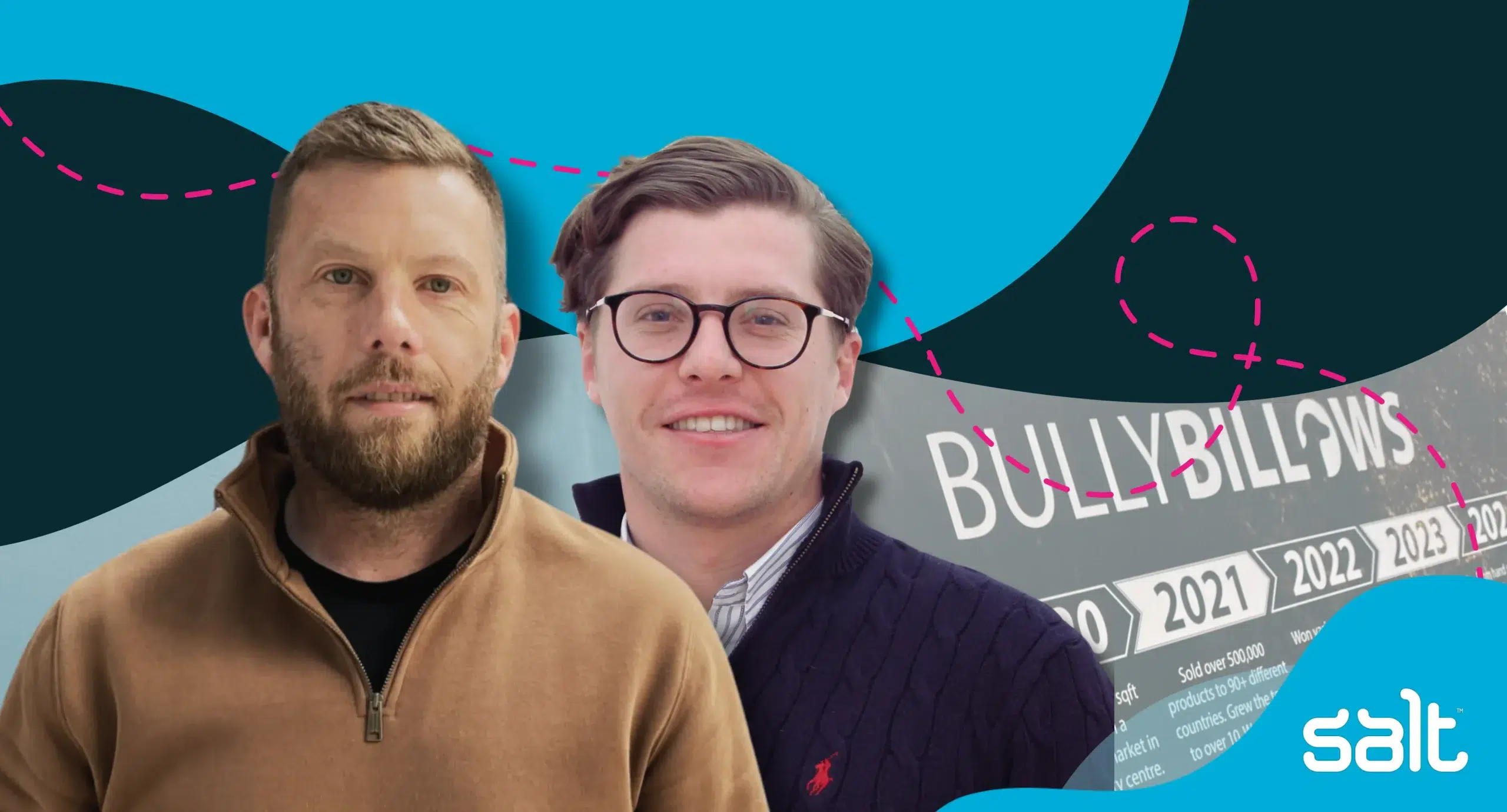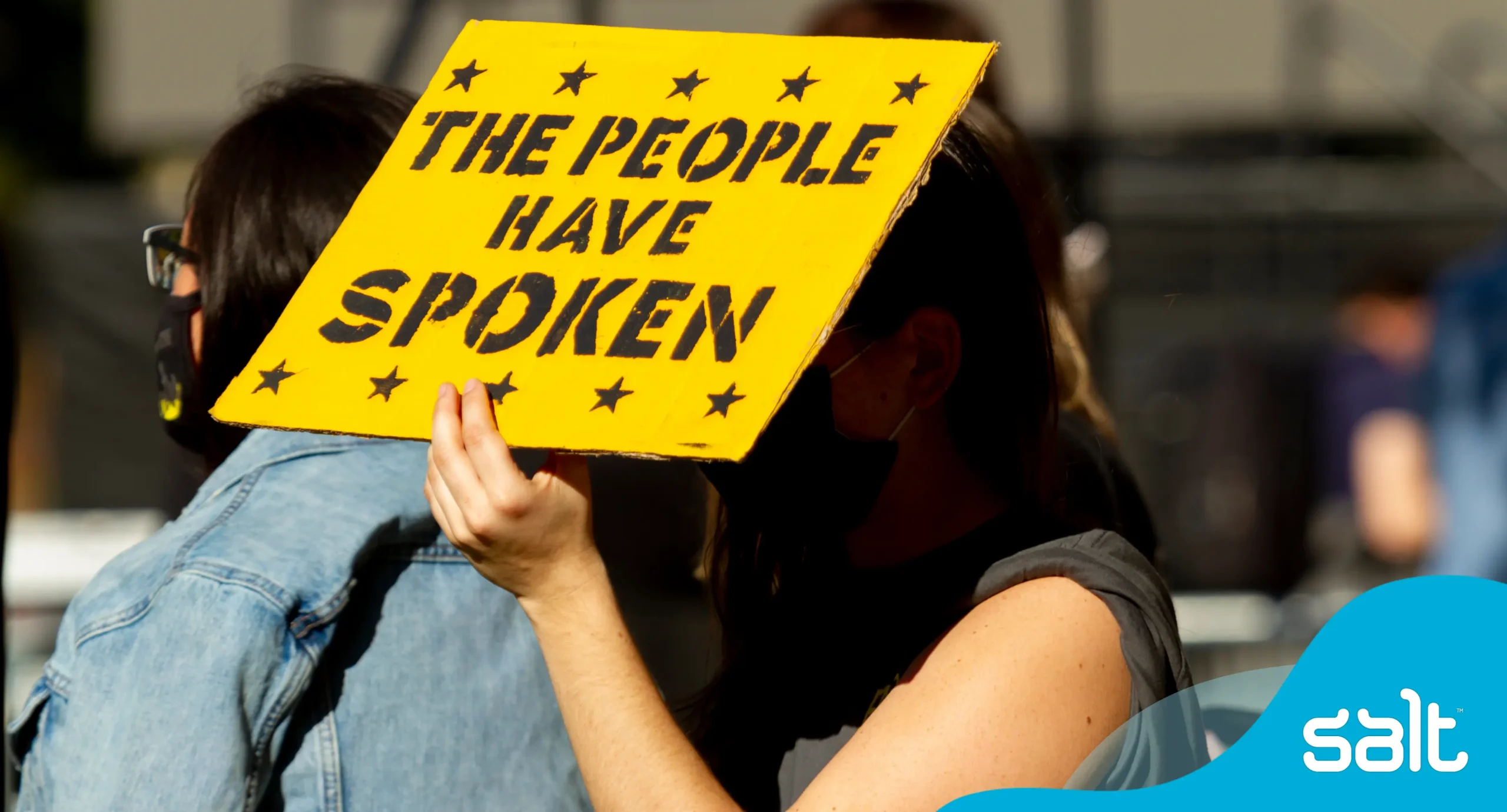
Workplaces are becoming increasingly diverse, especially in terms of age. For the first time in history, we’re witnessing up to five generations – the Silent Generation, Baby Boomers, Gen X, Millennials, and Gen Z – working side-by-side, and the oldest members of Gen Alpha are about to enter the workforce.
This age diversity will increase in the coming years as global demographics shift. ESCAP (the Economic and Social Commission for Asia and the Pacific) predicts that in APAC, the number of older people will double from 630 million in 2020 to 1.3 billion in 2050. Global research suggests that by 2030, employees over 55 will exceed more than a quarter of the workforce in high-income countries.
Along with ageing populations, more people will want or need to work beyond the traditional retirement age. Growing numbers of older workforce members report that money worries are preventing them from retiring and enjoying their ‘golden years’. At the same time, many also feel that work provides purpose and social interactions, leading to a desire to continue working later in life.
The impact these demographic factors will have on workplace dynamics cannot be understated. However, while building and managing multi-generational teams sounds challenging, equipping HR professionals, managers, and senior leaders with the management and communication skills required to manage multiple generations effectively will create tremendous opportunities.
The benefits of multi-generational workforces
Organisations that recognise and leverage the age diversity of their employees will gain significant advantages now – and in the future. Research recently published by the World Economic Forum outlines how countries that invest in multi-generational workforces will see their GDP per capita increase by almost 20%. However, the advantages of embracing age diversity in the workplace extend far beyond financial.
Mentorship and knowledge sharing
The Silent Generation and Baby Boomers bring years of experience and institutional knowledge to the workplace. They can be a tremendous asset in mentoring and assisting younger employees. But this isn’t a one-way street; Millennials and Gen Z can share their insights into emerging trends and cultural shifts that can provide valuable insights across all generations.
Fresh perspectives and innovation
Different generations mean different perspectives. This diversity of thought often leads to more creative problem-solving and enhanced innovation as employees from various generations apply their unique insights and experiences to everyday business and workplace challenges.
Greater diversity of skills
Each generational cohort offers distinct skills and strengths that can complement each other in business settings. While Silent Generation, Baby Boomer, and Gen X members may have strong traditional skills, Millennial and Gen Z employees will likely bring digital literacy and a fresh perspective. Combining these strengths can lead to a more adaptable and competitive workforce.
Building healthy talent pipelines
A multi-generational workforce helps ensure a steady pipeline of talent, with knowledge, skills, and abilities passed from generation to generation over time. Having the right generational mix helps to create a sustainable foundation for the future by preserving knowledge, facilitating succession planning, and ensuring the continuity of operations and productivity.
We’ve already taken a deep dive into the power of age diversity in our recent article: Harnessing the power of age diversity in multi-generational teams.
Making the most of your multi-generational team
While an age-diverse workforce offers worthwhile benefits, it also presents unique challenges to manage and overcome. Here are Salt’s suggestions for leading and supporting your multi-generational teams to make age diversity your winning advantage!
Foster an inclusive environment
To create a truly inclusive culture, start from the very beginning by adopting age-inclusive (among other) hiring and onboarding processes. Provide verbal and non-verbal assurances that candidates won’t face age discrimination during their career with your organisation and showcase your inclusive culture during onboarding for all new employees.
When it comes to inclusion, senior leadership must lead by example. Managers can model inclusive behaviour by clearly acknowledging and respecting the thoughts and feelings of employees of all ages. Encouraging each employee to contribute to team discussions and interact with senior leadership will ensure that individuals feel valued and enable your organisation to harness the power of diversified thinking.
Another way to enhance age-inclusivity is to embrace a variety of communication styles. Some employees may prefer formal processes and interactions, while others might lean towards instant messaging or casual chats, reflecting a diversity in communication styles across the team. If you’re an HR professional or manager, consider using multiple communication channels to share company messages instead of sticking to your own preferred communication methods. You can also provide guidance or guardrails around corporate communication processes to give employees of all ages greater confidence when communicating with leaders and their peers.
Be flexible, but fair
Managing a multi-generational workforce requires more than a one-size-fits-all approach. Organisations and leaders are finding ways to be more adaptive and give employees of all ages more autonomy to work in the best way for them. Some organisations or teams may take advantage of new technologies and platforms. In contrast, others may leverage more familiar systems or methods.
Managers need to take a holistic view of the challenges different generations in their workforce may face. For example, Gen X or Millennial employees may need help juggling their workload with the demands of parenting, so flexible work hours and work-from-home options may accommodate school pick-ups and appointments. Equally, employees from all generations, including Baby Boomers and the Silent Generation, may face changing health challenges, which can be accommodated with reduced physical tasks or accommodations to support diverse health and wellness needs.
It’s essential to consider factors like these and make accommodations to enhance employee engagement and help your employees find meaning in their work. However, treating all employees fairly is important, so implement clear policies and communicate clearly and openly with managers and employees to avoid individuals or generational cohorts feeling like they’re being overlooked or unfairly treated.
Say goodbye to stereotypes
Stereotypes – of all types – can negatively impact the workplace by creating a hostile work environment and barriers to collaboration.
Nobody likes to be type-cast. Gen Z and Millennial team members, for example, should not be expected to take on the role of IT department purely because of their age. At the same time, don’t overlook Gen X, Baby Boomer, and Silent Generation team members for digitally focused tasks or projects because they are assumed to be less tech-savvy. Many Millennials prefer in-person meetings and taking notes with pen and paper, while some Baby Boomers prefer Zoom meetings and are up to date with the latest technological advancements.
To take an age-inclusive approach, consult job descriptions and communicate with individual team members when allocating tasks and projects. Instead of relying on assumptions, employ a skills-based approach!
Ensure alignment on shared goals
Many assume that people from different generations have vastly different attitudes towards work. However, a recent study published by Harvard found only minor differences between various generations regarding their feelings towards their job.
Data suggests that employees of all ages are looking for the same things and often quit a job and start somewhere new for similar reasons. The common factors driving multi-generational attitudes to work are being helpful, having an impact, and having the opportunity to improve their skills. In alignment with Maslow’s Hierarchy of Needs, employees also want to be compensated fairly, appreciated, and valued. Ultimately, everyone wants their work to have ‘meaning’. However, the definition of ‘meaning’ or what makes works meaningful often differs across generational cohorts.
Because many motivators are similar across age groups, focus on the factors that will bring your workforce together. Teams work best when focusing on common goals and desires, so having a shared purpose will help multi-generational teams set aside their differences and recognise the strengths other generations possess, which will help achieve common goals. HRM Asia reports that 45% of employees across all generations feel a strong need to align (or realign) their careers with a greater sense of purpose following the pandemic. So, perhaps ‘purpose’ is the glue that will unite multi-generational workforces and drive better outcomes for all employees – a concept worth serious consideration.
Encouraging lifelong learning
Creating opportunities for your employees to learn about and from each other is a great way to combat age-based discrimination and for your organisation to take full advantage of the various skills that multi-generational teams bring.
Encouraging and educating teams to learn about unconscious biases within workforces as part of your diversity and inclusivity training will help challenge ageist stereotypes and break negative sentiments and behaviours existing in teams. Taking this approach will also help individual team members of all ages to see age diversity in the workplace as a strength.
Age diversity also offers an excellent opportunity for learning between peers. Facilitating mentorship and knowledge sharing across age groups helps individuals and teams to understand and appreciate others’ strengths and be more open to listening and learning from each other. Furthermore, it is a great way to support upskilling and develop your human capital while strengthening bonds between colleagues and building your organisation’s social capital.
Read more about ageism in the workplace: Ageism impacts us all, but not equally
Multi-generational workforces will soon be the norm for teams across APAC and the globe. Age-diverse teams can present challenges for organisational culture and working relationships as different generations try to understand, accept, and work alongside each other, with varying work styles, expectations, and habits causing tension and leading to dysfunction. However, with nuanced management and skilled communication, multi-generational teams can lead to better business practices and outcomes.
In saying all this, it’s essential to remember that although age plays a factor in employees’ motivations and work styles, every team member is an individual with unique challenges, motivations, and preferences. The key for HR professionals, managers, and senior leaders is to identify the skills and talents employees bring to the table and how to get them to perform at their best – no matter their age.
Hiring? Salt connects you to outstanding top talent worldwide
If you’re interested in hearing about how Salt’s top talent recruitment experts around the world can help with your hiring right now, get in touch. Click below to contact the closest Salt team to you!
- Australia
- Canada
- Belgium
- Europe
- Hong Kong
- Malaysia
- Middle East and North Africa
- Netherlands
- New Zealand
- Singapore
- South Africa
- United Kingdom
- United States
Keep up with Salt’s top talent job market insights and hiring advice! You can keep in the loop by following us on. LinkedIn, YouTube, Facebook, Instagram, and Spotify.


